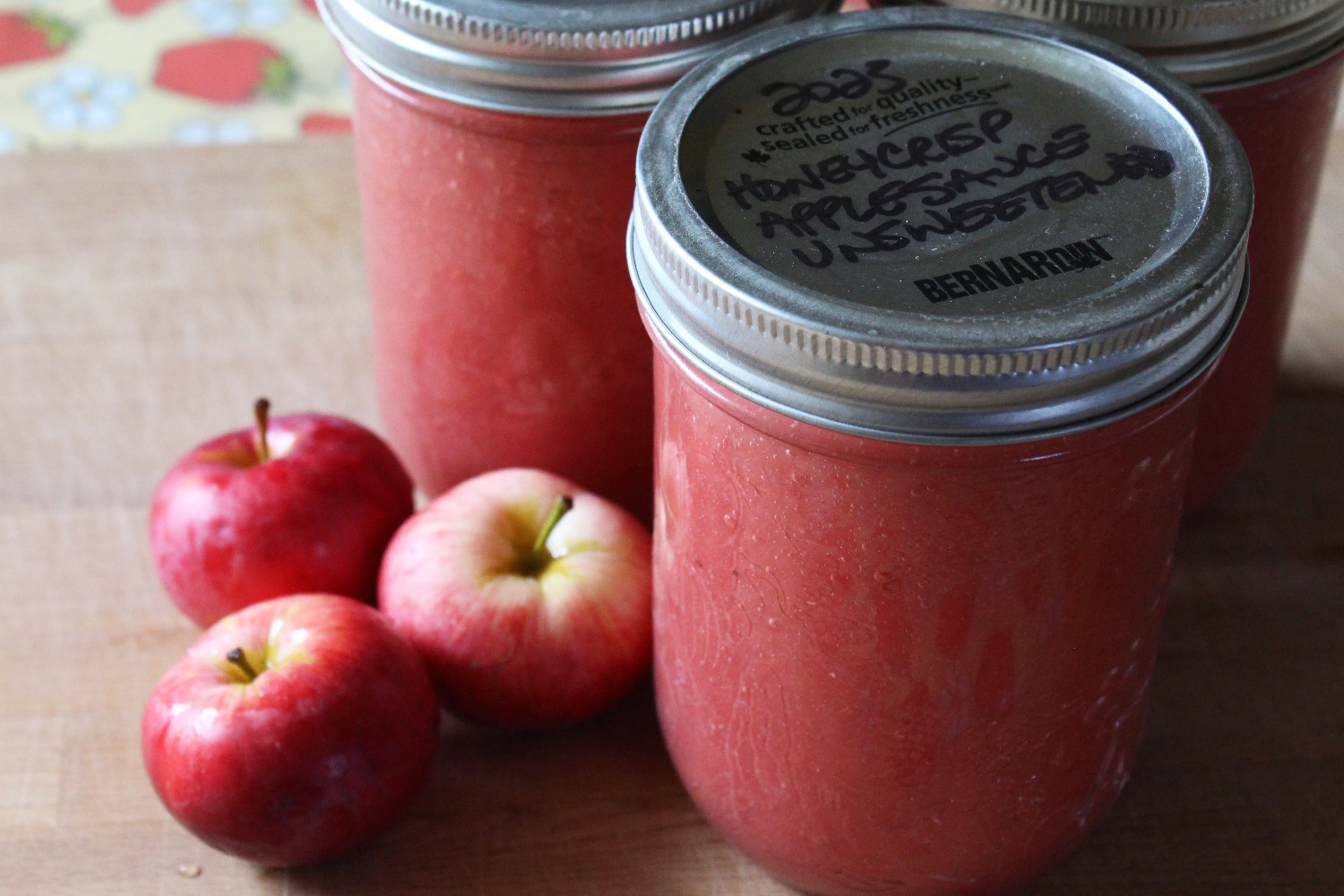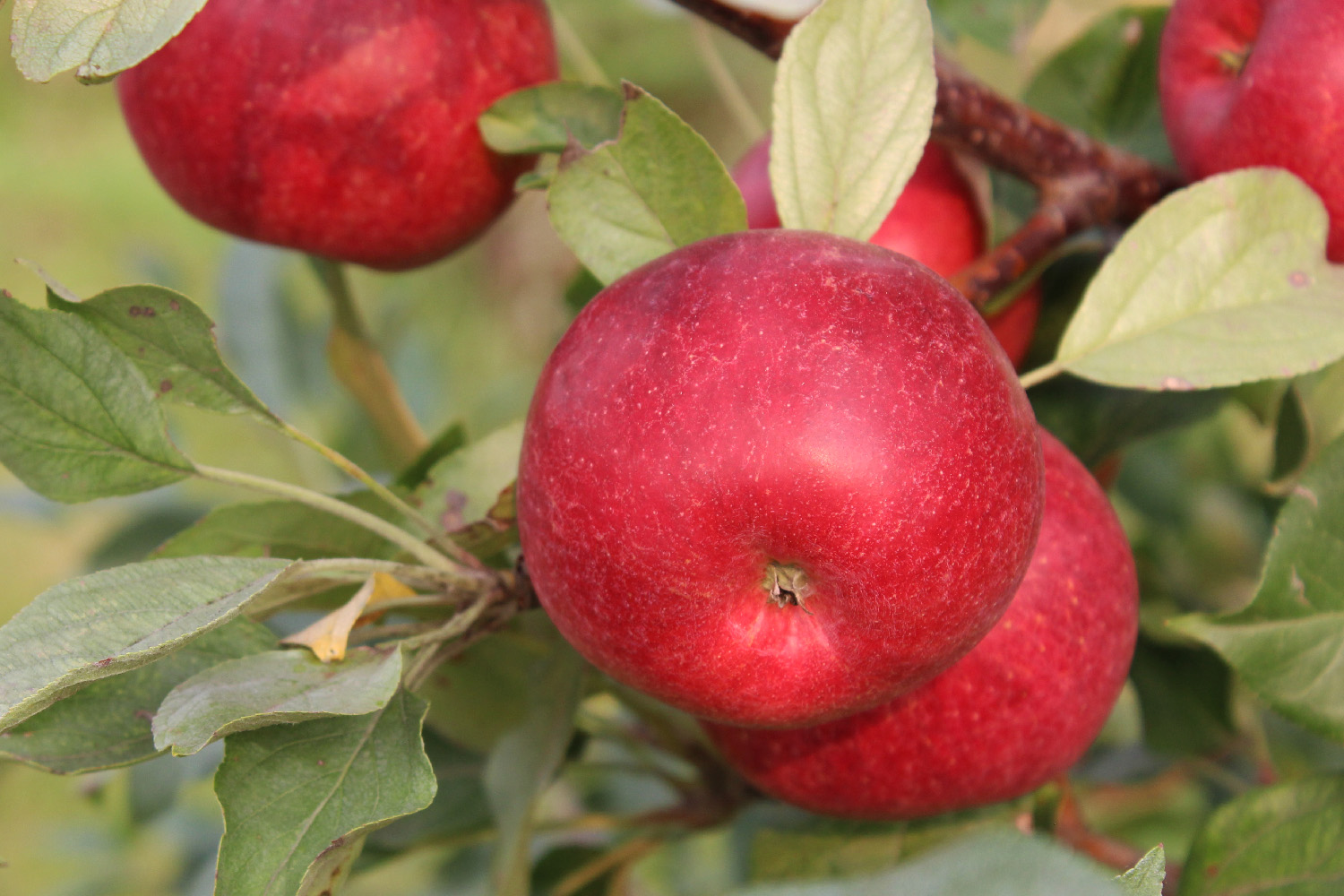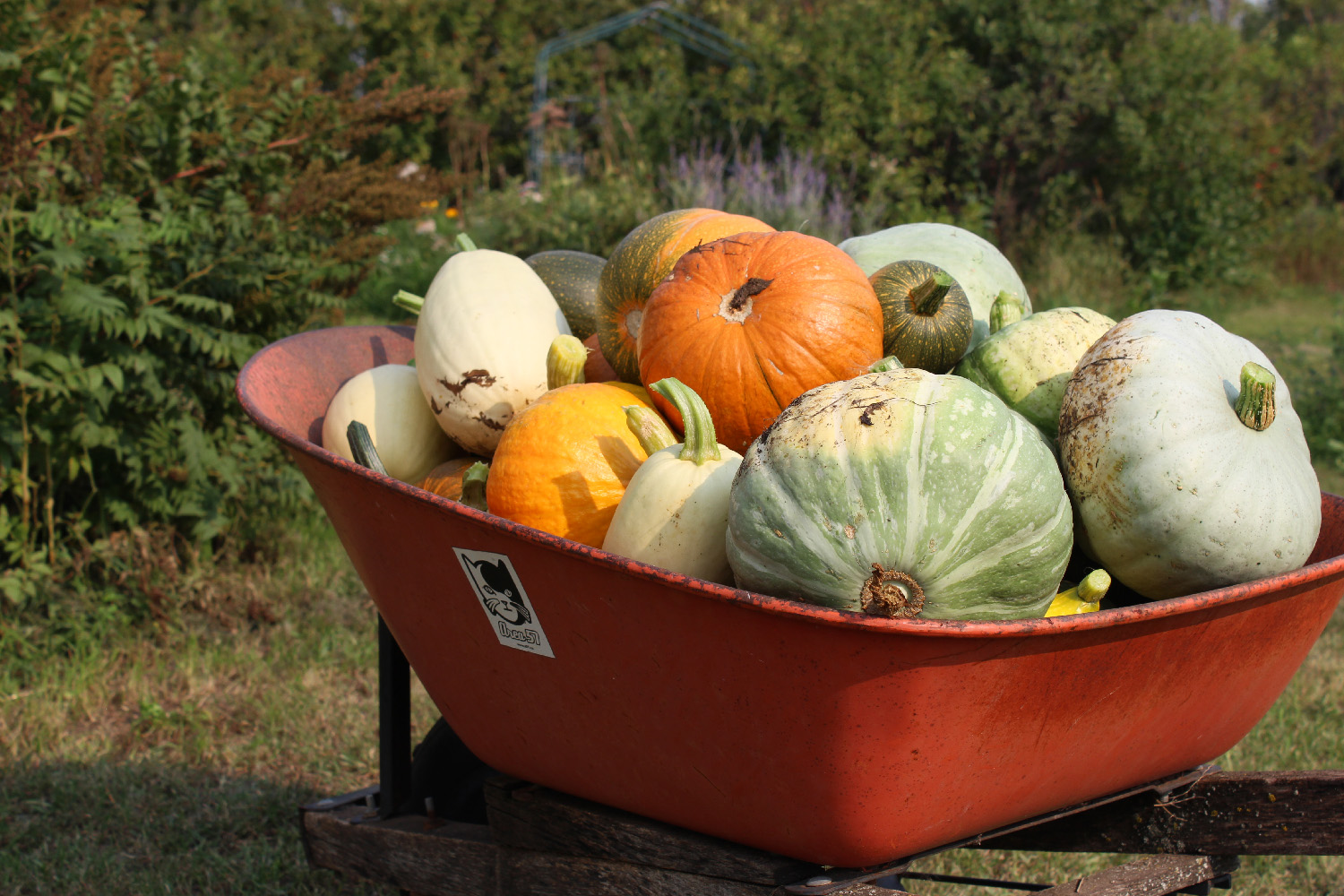21 Hardy Pear Trees for Canadian Zones 2 and 3
March 25, 2023 | Orchard | 2 Comments
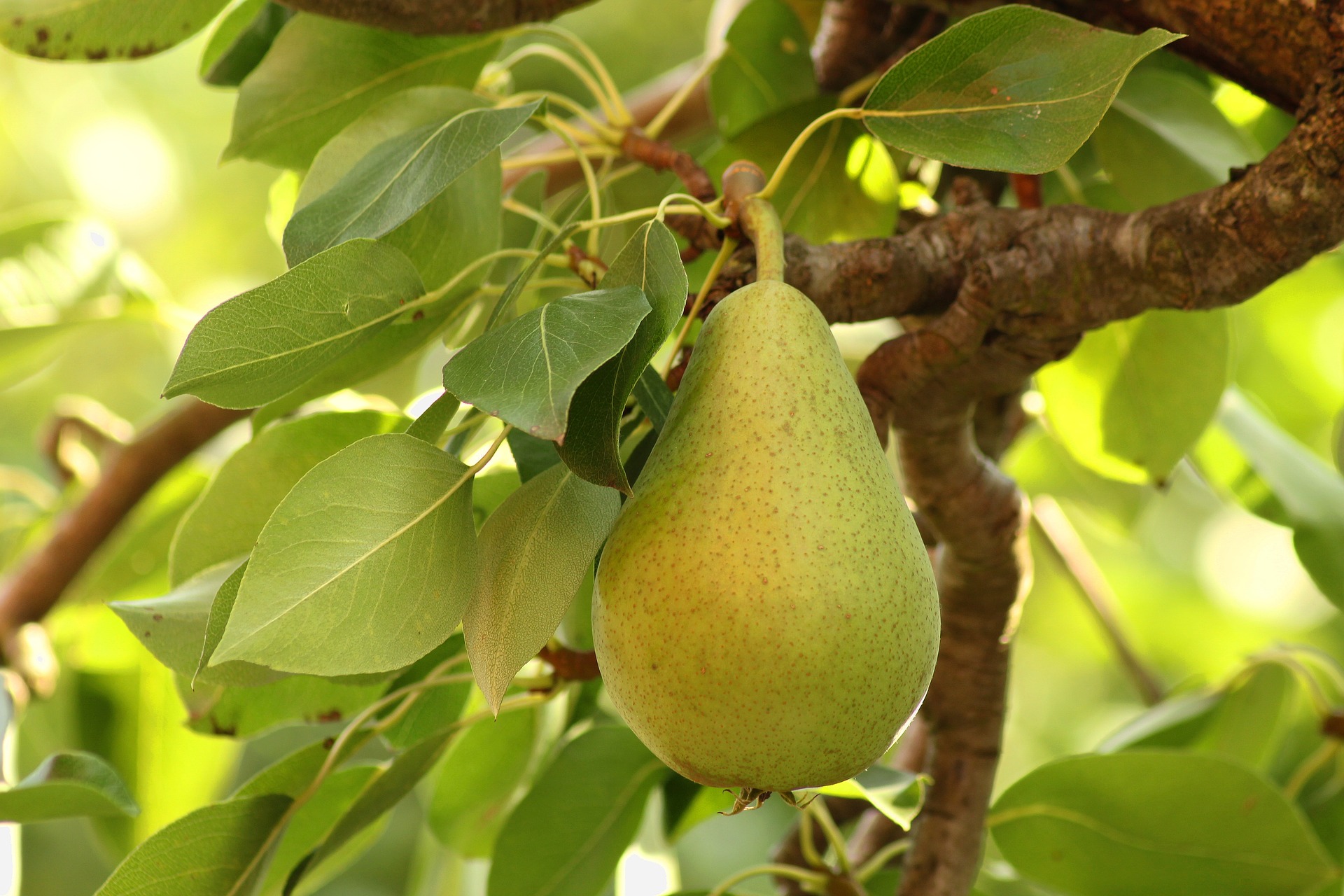
I was so excited when I first discovered that there are hardy pear trees for zone 3! Pears are one of my favorite fruits, so I immediately went out and ordered a couple. Unfortunately, pears tend to take a long time to bear, and, on top of that, tend to grow in an overly vertical, bushy form that discourages early fruiting, as well. In addition, I’ve been told that pear pollen is not favored by various pollenators, so even if you have a couple of mature trees, you may or may not get much fruit, depending on how much the bees were enticed to come to the tree.
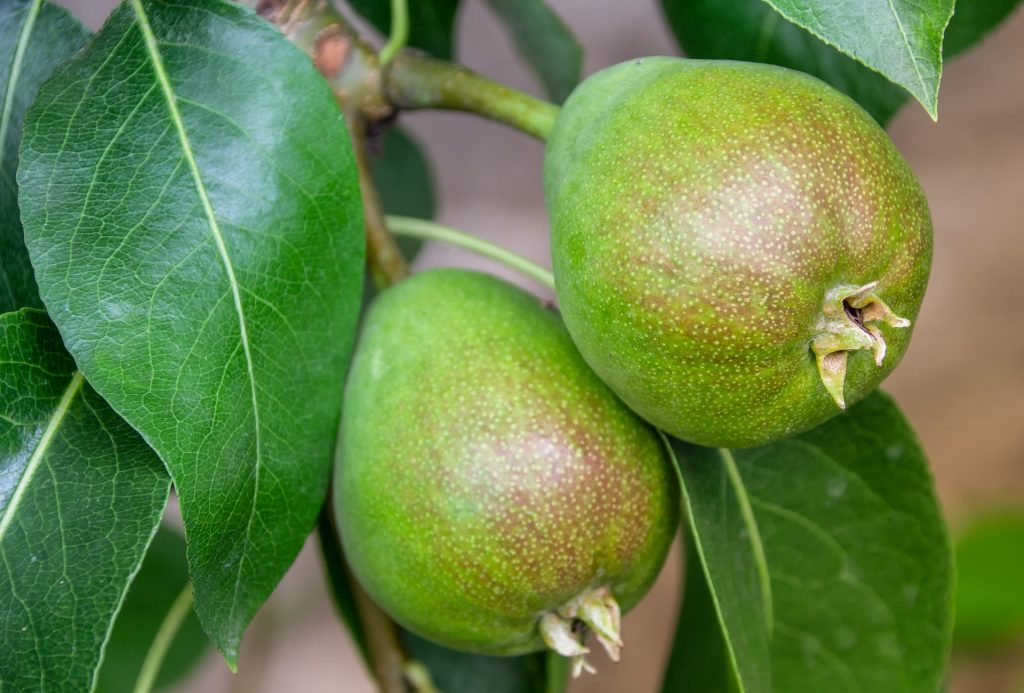
We have run into each of these issues. We planted our first pears in 2011, and tended them carefully, but didn’t know that we needed to do anything special to change the branch angle (you can buy little braces to improve the angle while the tree is small, but I don’t know if there is much you can do once the branches are thick). They both flowered for several years, with no fruit, which was disappointing, and had us wondering what we had done wrong.
In 2019, we tasted our very first home-grown pear. We didn’t even realize that the tree had any fruit on it until quite late in the fall, and we didn’t pick the fruit green to ripen off the tree, which is what you are supposed to do – in many varieties, pears left to ripen on the tree develop a mealy texture, and can rot from the inside. The pears came from our Golden Spice tree, and there were only three of them. The Golden Spice pears, while extremely hardy, are reported to be inferior fruit; I have to say, however, that those three pears were delicious and sweet, although not the most pleasing texture.
In 2022 (ELEVEN YEARS after we planted it!), we got a few pears from our other mature tree – a Ure, which is another ultra-hardy tree, but the fruit is described as being less-than-stellar. We picked them green, and left them in a fruit dish on the table to ripen, which turned out to be a mistake, as one of our dogs decided to sample them before we got a chance, so we still don’t know what they taste like!
Pears are not typically self-pollenating, so plan to get two, unless you have a nearby neighbor who is growing one. Also, if you are in a cold zone, you will need to pay particular attention to the rootstocks that are used, as many are not that hardy, and won’t survive a zone 2 or 3 winter. In particular, watch out for OhxF rootstocks, which are only supposed to be zone 4 hardy, and Quince A, which simply won’t take our winters at all. You will want to look for standard Pyrus Communis, or, in the really cold zones, Siberian pear rootstock.
Here is an article about growing pears on the Canadian prairies.
The Hardy Fruit and Nut Trees of Alberta group on Facebook is a great resource for growing fruit in difficult conditions, and there is often information there about new tree varieties, including pears.
If you’re considering planting apple trees, as well, I also have a list of hardy apple trees for zones 2 & 3.
Over the last few years, a number of ultra-hardy Russian-bred selections have become available in Canada, which is very exciting. I have not yet tasted any of these pears, myself, but the early reports are very positive, with some of them described as being as sweet and juicy as the Bartlett pears you can get at the grocery store.
I am now on a mission to get a lot more pears, even though I know we’ll be waiting another decade or so to see fruit. Here is a list of zone 2 and 3 hardy pear trees I have found, with a resource list of where to order them (links to the individual nurseries are at the bottom of the page):
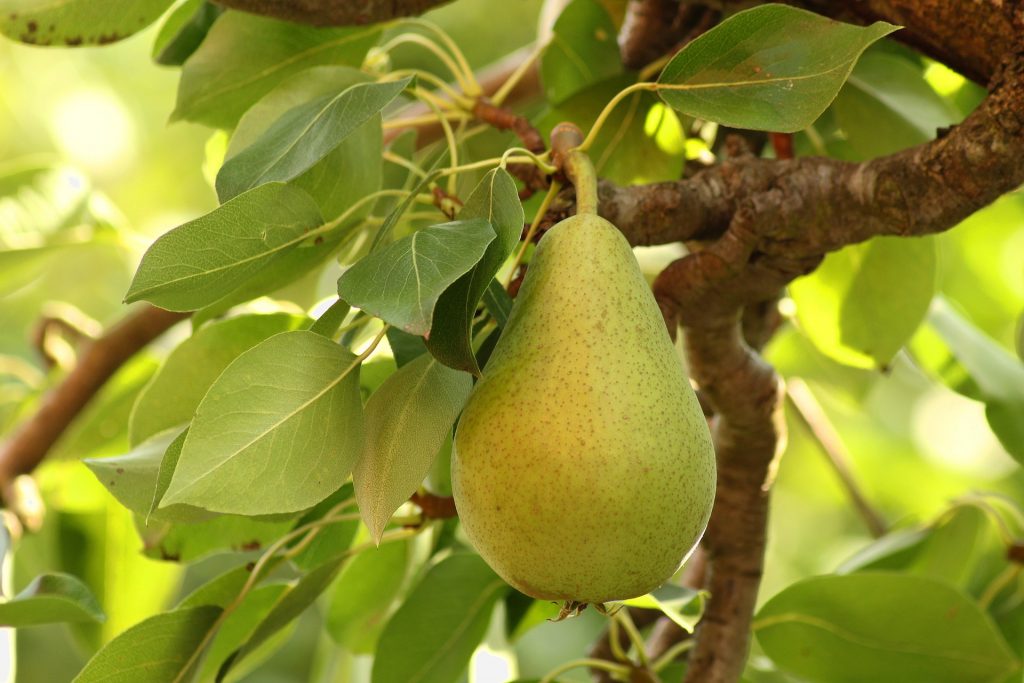
Hardy Pear Trees for Canadian Zones 2 and 3:
Beedle (zone 2) – a Siberian seedling discovered in St. Albert, AB, Beedle pears are reported to be soft and sweet, as well as being ultra-hardy. Prairie Hardy Nursery and T&T Seeds carry these.
Bolshaya (zone 3) – One of the newer Russian selections. Bolshaya means ‘large’ in Russian, but these pears are reported to grow to about 80-90 grams, which actually is not very large at all. The flavor is reported to be sweet and a bit tart, and the pears tend to stay quite crisp. Prairie Hardy Nursery carries these.
Chizhovsky (zone 3) – This Russian pear is reported to be a heavy producer, and may fruit better than other pears in cool-summer regions. The pears are said to be sweet, aromatic, soft, and juicy. Prairie Hardy Nursery carries these.
Early Gold (zone 2) – A yellow pear that is very hardy, and good for eating or canning. Boughen Nurseries and Pepinere Ancestrale carry these.
Favoritka (zone 3) – Another Russian selection, with large pears that mature with a distinctive pink blush. Favoritka pears are reported to be excellent for both fresh eating and preserving. They ripen in mid-September, and will store for up to two months in ideal conditions. Prairie Hardy Nursery carries these.
Golden Spice (zone 2) – Golden Spice pears are noted to be good for eating or canning, as well as for making perry. They are reportedly eclipsed by newer varieities, but if you are in a marginal area, these are worth a try. Boughen Nurseries carries these, as do Silver Creek, but check their rootstock for hardiness if you are zone 3 or 2.
Julienne (zone 3) – A Bartlett-type yellow pear that is large and sweet, and ripens in mid to late Septemeber. Hardy Fruit Trees carries these.
Krasnobokaya (zone 3) – Reported to be very sweet, these Russian pears are of medium size, and ripen in mid to late September. Priaire Hardy Nursery carries these.
Krazulya (zone 3) – One of the newer Russian hardy pear trees, Krazulya means ‘beauty’. These are an early-ripening (mid-August) pear that reportedly tastes great, but does not store well. They are about half the size of a Bartlett pear, and rounder, with yellow skin that has red shoulders. Like the Ure, Krazulya is not well pollenated by European pears, and you will need a Ure, Golden Spice, Early Gold, John, or one of the Russian selections in order to get fruit. Hardy Fruit Trees, Whiffletree, T&T Seeds, Pepinere Ancestrale, and Prairie Hardy Nursery all carry these.
Larinskaya (zone 3) – Another Russian selection, these are a juicy, crisp late season (September) pear. It produces smaller fruit that are light green to yellow with darker green spots. Larinskaya pears are good for fresh eating, and will store up to 8 weeks. Hardy Fruit Trees, Pepinere Ancestrale, and Prairie Hardy Nursery carry these.
Loma (zone 3) – These European pears are supposed to be precocious, bearing as early as five years after planting. Loma pears are quite round. Hardy Fruit Trees and Pepinere Ancestrale carry these.
Marshal Zhukov (zone 3) – Another recent Russian selection, Marshal Zhukov pears are reported to be quite large compared to other ultra-hardy pears. The flavor is more of a sweet-and-sour profile. These pears ripen in late August or early September, and will store for approximately one month under suitable conditions. Prairie Hardy Nursery carries these.
Nova (zone 3/4) – A large, round, flavorful dessert pear, Nova pears are reported to be good even if left to ripen on the tree. These pears appear to be scab and fireblight resistant, and are self-fertile. Hardy Fruit Trees and Whiffletree both carry these. However, they are not hardy enough for the most northerly zones.
Patten (zone 2/3) – Patten produces a very large fruit that is reportedly excellent for eating, and passable for canning. They are resistant to fireblight, and ripen in late September, though they are best picked green and ripened off the tree. Hardy Fruit Trees and Whiffletree carry these.
Peter (zone 2) – Boughen Nurseries describes them as producing “a medium size fruit good for eating or canning.” Boughen Nurseries carries these.
Sentyabrina (zone 3) – A tender ultra-hardy pear whose flavor is described as having sweet and sour notes. This is another Russian selection, which ripens in September, and stores for around one month.
So Sweet (zone 2) – This pear is self-fertile, though it will produce a lot more fruit if planted near another pear tree. So Sweet pears are smaller in size, and round in shape. The flavor is described as sweet and juicy, and these pears ripen quite early – mid-August. Prairie Hardy Nursery carries these.
Southworth (zone 3) – Described as a vigorous tree that is said to produce reliably, Southworth pears are reported to be large and sweet, with a buttery texture. They are also self-pollenating. Hardy Fruit Trees carries these.
Summercrisp (zone 3 or 4, depending who you ask) – An earlier pear, Summercrisp are ready to harvest in mid to late August, and can be stored for two months. They are reported to be fireblight resistant. We have planted one in a protected spot, and we’ll see how it fares over a few winters. Hardy Fruit Trees, Whiffletree, and Silver Creek all carry these; however, watch the rootstock with the latter, as it may not be hardy to your area.
Ure (zone 2) – A very hardy pear tree released by the Morden research station, Ure pears are considered rather primitive by many modern Prairie pear growers, but it is definitely very hardy, and also resistant to fireblight, which can be an issue for pears. Harvest is mid-September. Boughen Nurseries describes them as having “yellow fruit that is excellent for eating.” Boughen Nurseries, Pepinere Ancestrale, and Hardy Fruit Trees carry these. Hardy Fruit Trees also noted that Ure pears may not be pollenated by European pears; if you have a Ure, look into getting a Siberian pear as a pollenator.
Vekovaya (zone 3) – Another Russian pear, the Vekovaya produces large fruit that are ready in mid to late September. The flavor is described as sweet-sour, and the flesh is crisp and juicy. They are also good keepers, and can be stored up to 3 months, under ideal conditions. Hardy Fruit Trees, Pepinere Ancestrale, and Prairie Hardy Nursery carry these.
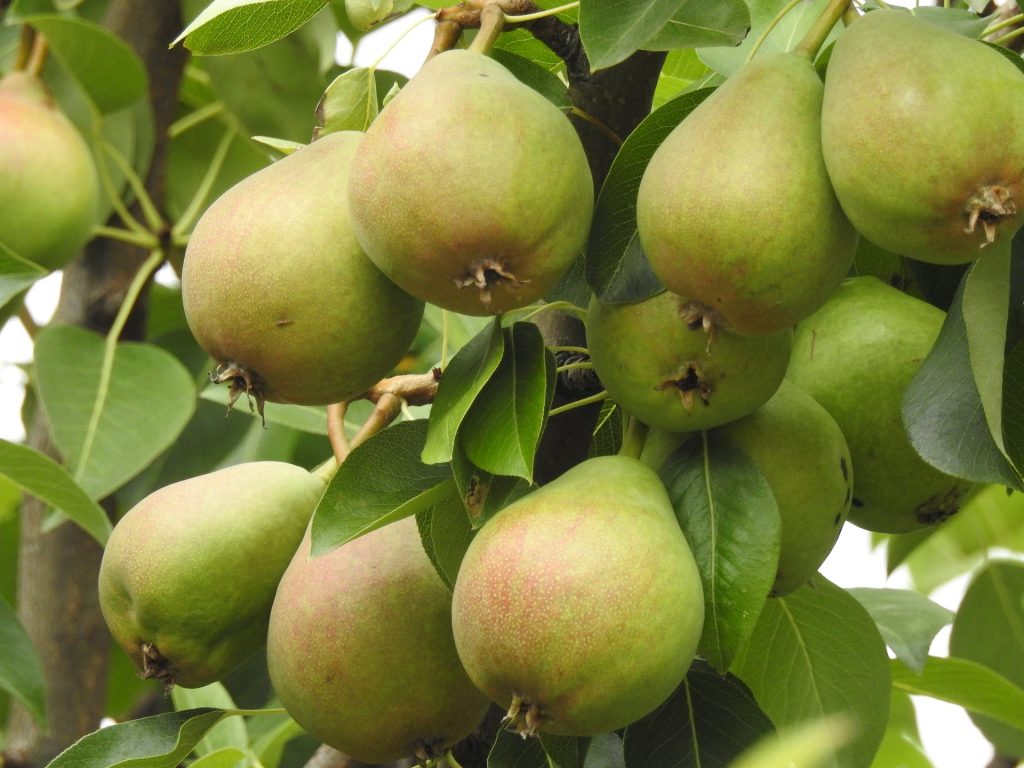
Here is a list of nurseries in Canada that carry hardy pears, with links:
Boughen Nurseries, Saskatchewan
Pepinere Ancestrale, Quebec (note, this site is in French only, and they normally only ship within Quebec; however, they have been willing to make exceptions in the past)
Prairie Hardy Nursery, Alberta
Silver Creek Nursery, Ontario
Hardy Fruit Trees, Quebec
Whiffletree Nursery, Ontario
T&T Seeds, Manitoba
